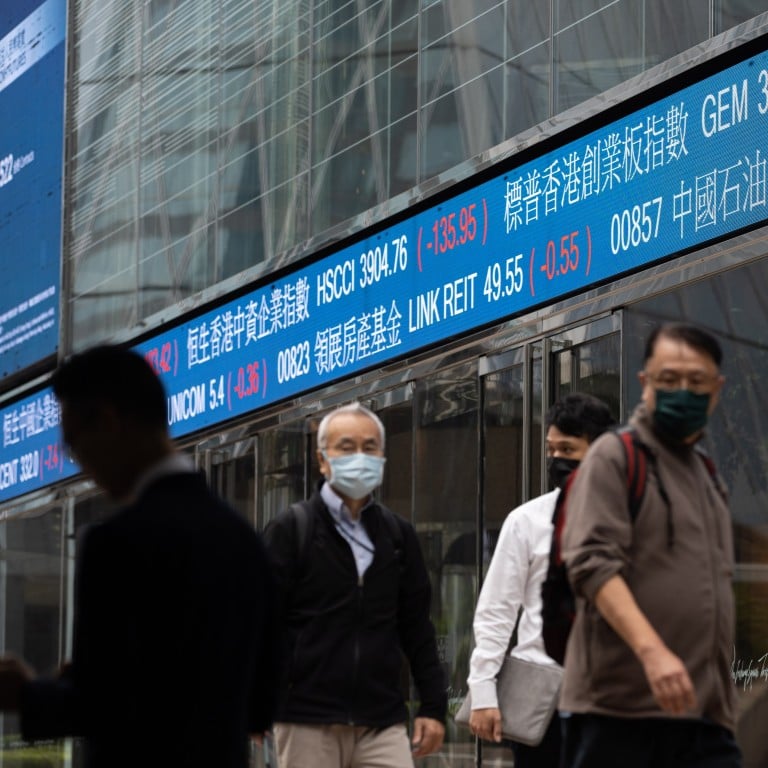
Hong Kong digital asset platform OSL to launch personalised AI trading bot
- The bot can analyse news, historical user data, and market sentiment to show users trades they are likely to be interested in, said the company
- Traders will be able to use OSL’s beta AI trading bot by the end of this month, with further ChatGPT integrations in the works
One of Asia’s largest digital asset platforms plans to launch an artificial intelligence (AI) trader bot before the end of this month as the financial sector quickly adapts to the hot new technology.
OSL, a subsidiary of the publicly listed BC Group, backed by US investment giant Fidelity, said the upcoming AI features announced Tuesday will automate various aspects of OSL’s trading services, from support and quotations to trading.
The Hong Kong-based company explained that by pairing machine learning algorithms with an AI language model, the bot prototype can analyse news, historical user data, and market sentiment to inform users of trades they are likely to be interested in.
“It’s not a new concept to model or predict the next most likely action of a trader, but it’s become so cheap and accessible thanks to modern AI tools,” said Hugh Madden, CEO of OSL and BC Group.
“The language bot will be faster, more seamless, and far more understanding of an individual user’s personal situation and preferences,” he added.
OSL was the first digital asset platform to be licensed by the Hong Kong Securities and Futures Commission. It provides brokerage, custody, exchange and SaaS services for institutional clients and professional investors. Although it operates in other jurisdictions like Singapore and the US, Madden called Hong Kong its emerging “AI hub”.
The company also has a technology centre in Australia, where it created a ChatGPT prototype for OSL after gaining early access to the popular chatbot created by OpenAI. The prototype would allow digital asset blockchain transactions and trade execution to happen automatically through ChatGPT.
“That service won’t be offered this year, but it could be our biggest product service in a couple of years,” said Madden. He added that the company will need to work out the distinction between offering traders potential causes for action through AI versus giving financial advice from a regulatory standpoint.

OSL is already using AI for its daily business operations to automate tasks from customer support to bookkeeping, according to the CEO. “Within two years, there will be two types of companies – those that have adapted and use AI, and the distressed companies who haven’t,” he added.
In 2021, research from professional services company Accenture showed that among executives of the world’s 2,000 largest companies by market capitalisation, those who discussed AI on their earnings calls were 40 per cent more likely to see their firms’ share prices increase.
Amid a downturn in crypto prices in the past year, many digital asset related firms and investors are turning their attention to AI, the hot new emerging technology. The Graph, a company that applies AI to blockchain data searches, has seen the price of its token GRT grow over 100 per cent in the past three months, following the emergence of ChatGPT on the public stage.
“I think the digital assets industry is already quite forward-thinking across all technologies, and I expect them to be earlier adopters of AI,” said Madden. “It’s not crazy to think that in five years’ time, a majority of all financial transactions and services could be machine-generated.”
A study published by Global Industry Analysts in March predicted that the global AI market would reach US$291.5 billion by 2026, with China’s market alone forecast to reach US$53.6 billion in the same time frame.

